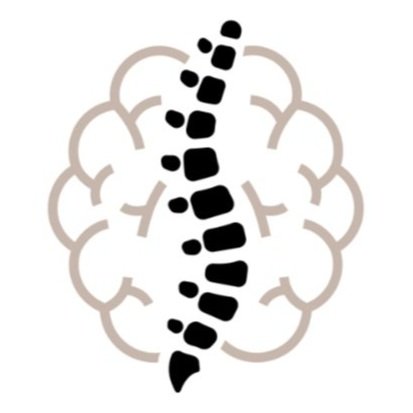What is TMJ?
TMJ is a hinge joint that connects your mandible to your cheekbone. Dysfunction of this joint can cause muscle pain, joint pain with or without disc displacement, degeneration, and movement disorders.
TMJ symptoms include:
Decreased ability to open mouth
Ear pain, fullness, ringing (tinnitus)
Headaches/migraines
Malocclusion (inability for upper and lower teeth to close)
Fatigue of facial muscles after chewing/talking
Neck pain
Clenching and grinding (cause and symptom)
Popping or clicking of the jaw
We can work closely with your dentist to help you determine whether a mouth guard is an appropriate treatment.
To optimize your TMJ results a thorough assessment of your airway and neck alignment should be tested.
TMJ disorders are not only a dental issue, your posture, airway, and tongue can all contribute to your jaw pain. We are here to help you navigate that and figure out the culprit.
What are Migraines?
A migraine is not a pain syndrome, but a brain syndrome. It’s a headache plus other symptoms. A migraine involves a complex chemical cascade of events.
A headache is typically characterized by:
Dull steady pain
Pressure
Can feel like a tight band around the head
Tightness/Tension
Migraines can include these symptoms:
Nausea
Vomiting
Light/Sound Sensitivity
Sensory/Visual disturbances
Fatigue/Irritability
Modification of lifestyle factors such as sleep, stress, diet, and the musculoskeletal system can reduce migraines.
Physical therapy can help your body alignment and muscle tension to reduce the frequency and severity of your migraine episodes.
Free Guide
Sign up with your email address to get our Ebook on how to manage TMJ pain.




